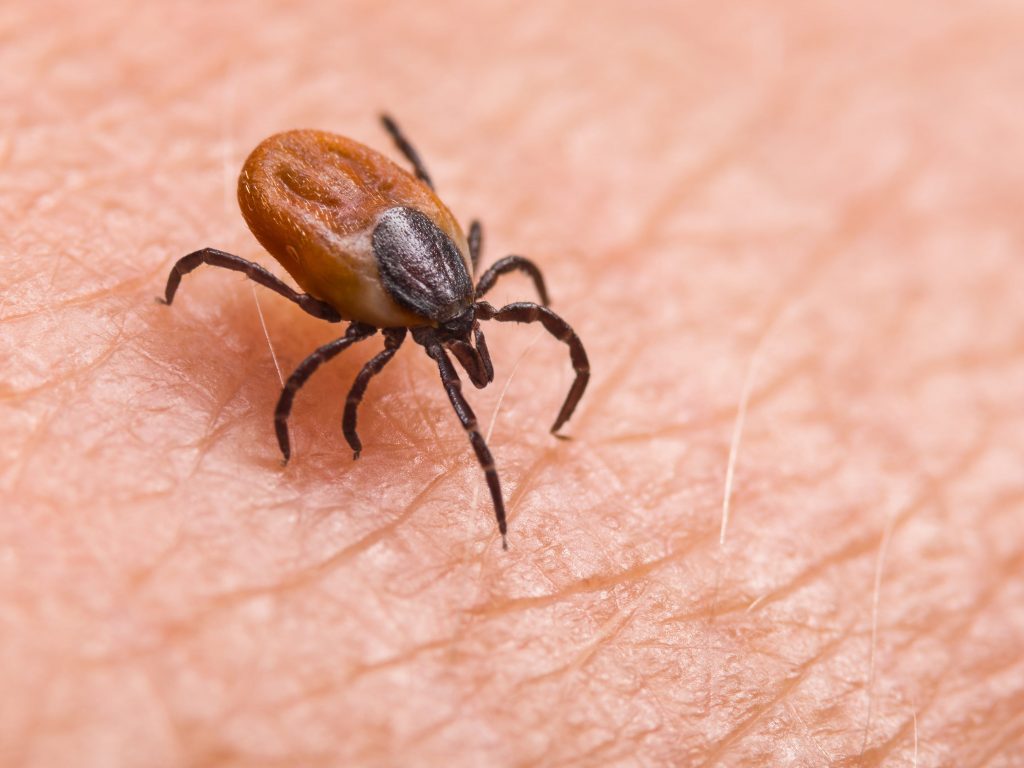- Scientists estimate around 15% of people worldwide have had Lyme disease, a tick-borne illness.
- Lyme disease symptoms including fever and chills can be mistaken for other illnesses.
- Delays to treatment can lead to debilitating complications — here's how to recognize Lyme disease.
Scientists have estimated that almost 15% of the world's population has had Lyme disease, a tick-borne condition that can cause debilitating complications if symptoms aren't recognized and treatment is delayed.
Lyme disease can be misdiagnosed because initial symptoms are the same as flu-like illnesses, and blood tests aren't always reliable, particularly early on in the illness.
A common misconception is that the disease can be distinguished by a bullseye rash, but about a quarter of people don't get any skin lesions at all.
Writing in BMJ Global Health on Monday, researchers from China said 14.5% of the world's population had caught the illness, 9.4% in the Americas, 14% in Europe, 7.4% in Asia and 2% in the Caribbean.
The team analyzed 89 studies on Lyme disease that included the blood tests of more than 158,000 people worldwide.
The condition seems to be growing in prevalence, the researchers said. In the US, confirmed Lyme disease cases have increased by 44% between 1999 to 2019, according to Centers for Disease Control and Prevention Data.
The authors said the results were preliminary and warranted further studies.
Lyme disease starts with flu-like symptoms
Early symptoms of Lyme disease include fever, severe tiredness, headache, muscle and joint aches, and swollen lymph nodes.
Most people with a Lyme disease rash will get a uniformly red or blue lesion that expands to more than two inches in size. Around 20% of Lyme disease lesions have a "bulls-eye" appearance. Doctors can use a rash to diagnose the condition without a blood test.
Lyme disease is caused by bacteria spread by ticks
Lyme disease is spread by infected ticks. They can attach to any part of the body to transmit Lyme-disease causing bacteria, but are often found in the groin, armpits and scalp.
In the northeastern, mid-Atlantic, and north-central United States, the blacklegged tick — also known as deer tick — spreads the bacteria, while the western blacklegged tick spreads it on the West Coast.
Not all tick bites will transmit the Lyme disease-causing bacteria, and uninfected tick bites and other insect or spider bites won't expand.
Lyme disease can cause disabling complications
If the bite becomes infected and is left untreated, or treatment is unsuccessful, the bacteria can travel through the blood stream and cause a similar rash in other parts of the body. It can also trigger what is known as disseminated Lyme disease.
At this point disabling complications can include life-threatening heart inflammation called carditis, cognitive impairment, a facial droop, meningitis, swollen knees, and arthritis.
A two-part blood test that detects disease-fighting antibodies against the bacteria is used to diagnose the condition at this stage. A negative test doesn't completely rule it out, though — in some Lyme disease cases it may never turn positive.
According to the CDC, early diagnosis and treatment with antibiotics can help prevent the late stages of Lyme disease.











